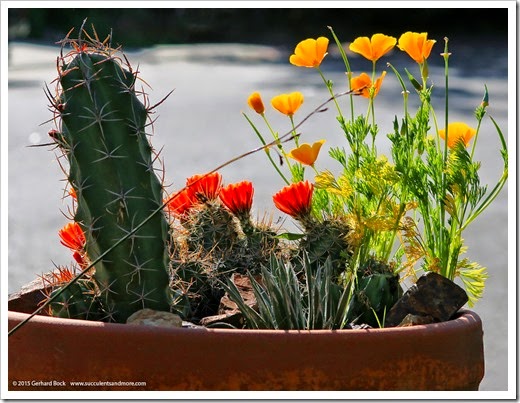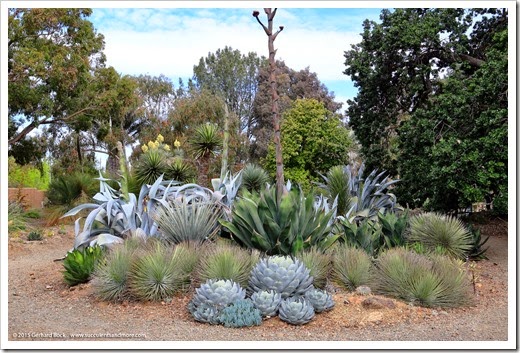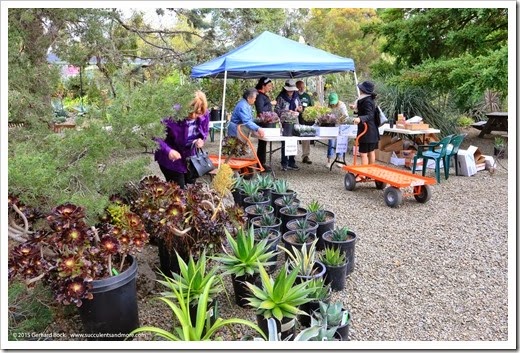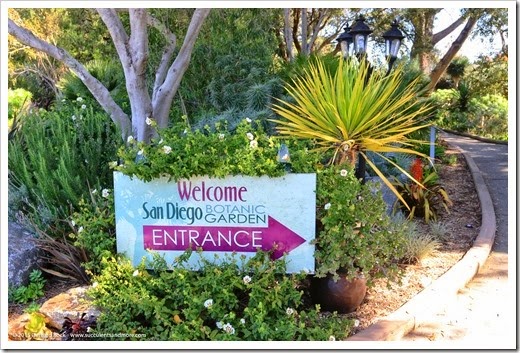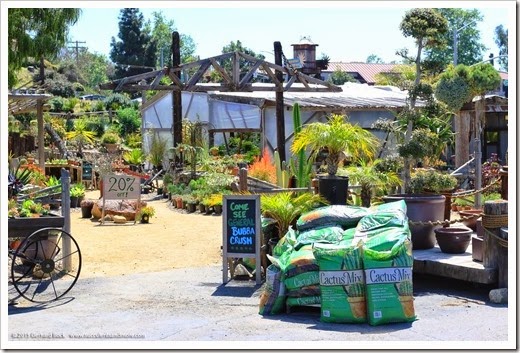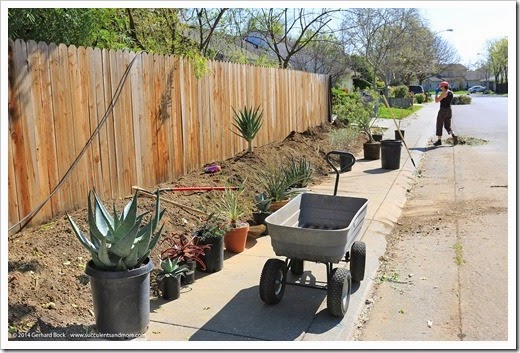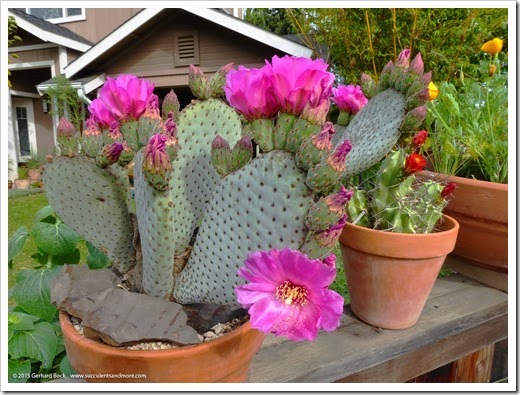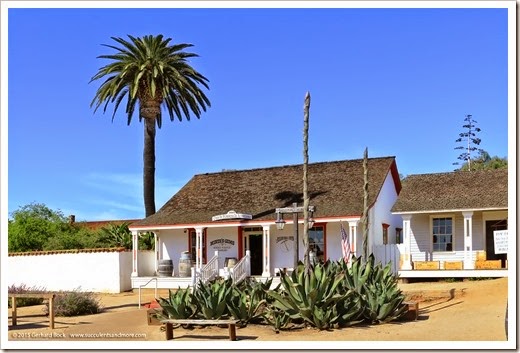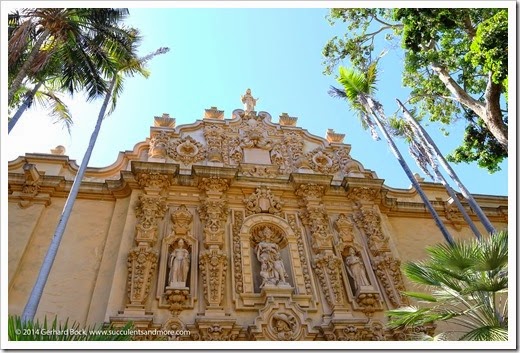The San Diego Botanic Garden (SDBG) has the largest public bamboo collection in the United States, comprising 121 taxa from Asia, South Africa and even Africa. In January 2014, it received accreditation by the North American Plant Collections Consortium as a National Collection. This strong focus on bamboo at San Diego Botanic Garden (known as Quail Botanical Gardens prior to 2009) is no coincidence. In 1979, Richard Haubrich, a professor of geophysics at Scripps Institution of Oceanography in La Jolla and a member of the board of directors of the garden, founded the American Bamboo Society (ABS) at Quail. At that time, only two bamboos existed at the garden: Bambusa oldhamii and Bambusa multiplex ‘Alphonse Karr’ (amusingly, I have these two species in my own front yard). Soon many additional bamboos were planted, and Haubrich obtained a permit from the U.S. Department of Agriculture to import bamboos. Today, the quarantine greenhouse at the SDBG, operated by the ABS, is one of onl








